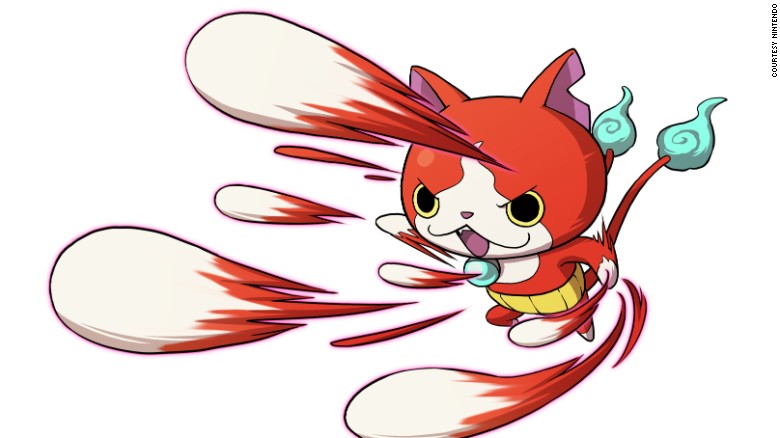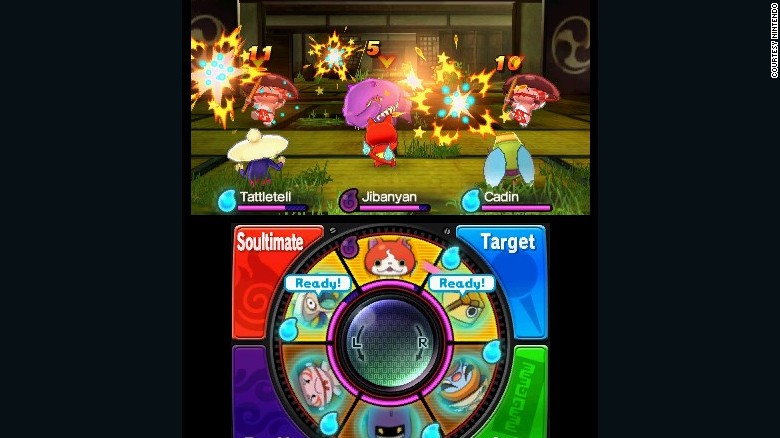
Nintendo’s latest hand-held hit may seem a little familiar.
Yo-Kai Watch has an array of strange and cute characters to collect, a massive following in Japan, and arrives in the U.S. complete with its own anime series.
So far, so Pokémon. But a deep connection with Japanese culture gives Yo-Kai Watch a distinctive feel compared to Nintendo’s other enormous hand-held franchise.
The game’s hook is simple: “All the weird and unexplainable things that happen to modern kids in their daily lives are laughed off as the doings of these invisible beings called ‘yokai,'” says Akihiro Hino, president and CEO of the game’s developer Level-5.
Set in a fictional Japanese town, players must use a special watch to search their surroundings for yokai, collecting them and harnessing their power in battles.
Read more: ‘Star Wars’ gear tops gifts for gamers
Contents
Tapping Japanese folklore
Unlike Pikachu and other Pokémon, yokai have long been a part of Japanese folklore.
“In a nutshell, they’re the things that go bump in Japan’s night,” says Matt Alt, co-author of “Yokai Attack!”
“They’re spirits of the natural world, personifications of natural phenomena or animals.”
Alt explains that yokai were often used in older times to explain things that people didn’t understand. “When you hear an echo in the mountains, we now know that it’s because of acoustics. But back then, they thought it was caused by Yamabiko, a dog-like yokai.”
While they are a real element of Japanese culture, the game’s selection of yokai are fictional, allowing Level-5 to give them a more relevant feel.
“One of the charms of Yo-Kai Watch is how, since it takes place in modern times, it’s easy to take the things we see day-to-day in our lives and put them in the game,” says Hino. “From popular singers to the latest devices to whatever comedic bits are ‘in’ right now, Yo-Kai Watch is packed with all kinds of parody content.”

Popular at home and abroad
Originally released in 2013, last year Yo-Kai Watch’s popularity soared. A sequel topped the charts and toys flew off the shelves.
“Its popularity was truly mind-boggling,” says Brian Ashcraft, senior contributing editor for gaming site Kotaku. “This year, things have cooled off a tad. For example, you can now walk into stores and buy Yo-Kai Watch toys. Last year, you’d have to line up early in the morning when stores got fresh deliveries.”
Hino puts the game’s success down to how it connects with Japanese children. “Yo-Kai Watch isn’t themed as an adventure per se, but more as a depiction of day-to-day life. It gained popularity not because children looked up to the game world, but because them empathized with it.”
That connection with Japan led to worries that the game may not translate well for Western audiences when Nintendo released it in the U.S. in November.
Ashcraft disagrees. “Kids everywhere like funny and scary creatures. It’s universal.”

